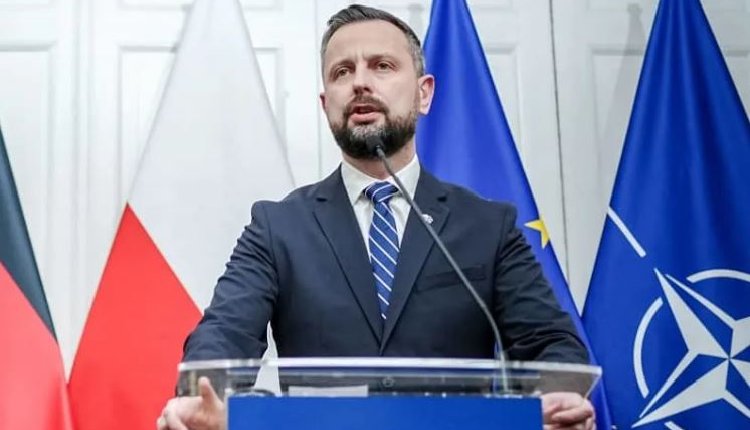Warsaw: Poland on Monday announced details on the planned fortification of its eastern border, including drones, anti-tank barriers, and new operating bases.
The plan, called Eastern Shield, envisages investments totalling around $2.5 billion and should be completed by 2028.
“We have 700 km of border to secure, 400 km of which are with Belarus,” said Deputy Defence Minister Cezary Tomczyk in Warsaw.
Along with Belarus, Poland shares borders with the Russian exclave of Kaliningrad and with Ukraine, which has been fending off a full-scale Russian invasion for more than two years.
Throughout the war in Ukraine, fears have grown in Warsaw that Poland, a member of the European Union and NATO, could find itself in Russia’s crosshairs.
Defence Minister Władysław Kosiniak-Kamysz said on Monday the new plan would include “fortifications, various types of barriers, but also ultra-modern air surveillance systems”.
The main objective is deterrence, but also the defence of the border, emphasised Wiesław Kukuła, Chief of Staff of the Polish Armed Forces.
The plan is set to protect against potential surprise attacks, make the mobility of enemy troops more difficult, and improve defensive positions.
Both soldiers and the civilian population are also to be better protected.
Kukuła said drones would play a decisive role in Poland’s defence, with a network of drone bases to be set up along the border.
“We expect to install high-resolution thermal imaging cameras. The stations will have electronic reconnaissance sensors,” he added.
Highly sensitive microphones are to be used to pick up sounds indicating an enemy drone mission while jamming transmitters capable of disabling the drones and disrupting communications are also to be installed.
There are plans to set up at least eight forward operating bases for the Polish army to allow for emergency deployment.
More fortified shelters are to be built to protect soldiers, civilians, and ammunition supplies.
Eastern Shield is also set to include physical barriers, including anti-tank obstacles and retractable barricades on major roads.
Poland says it will cover part of the costs for the new plan, with the EU expected to assist with financing.
“The EU will have to spend more on defence if it wants to remain a zone of peace and development,” said Kosiniak-Kamysz.
The Polish plan is set to become part of a regional defence structure established alongside Baltic-NATO members Lithuania, Latvia, and Estonia.
(IANS)
















